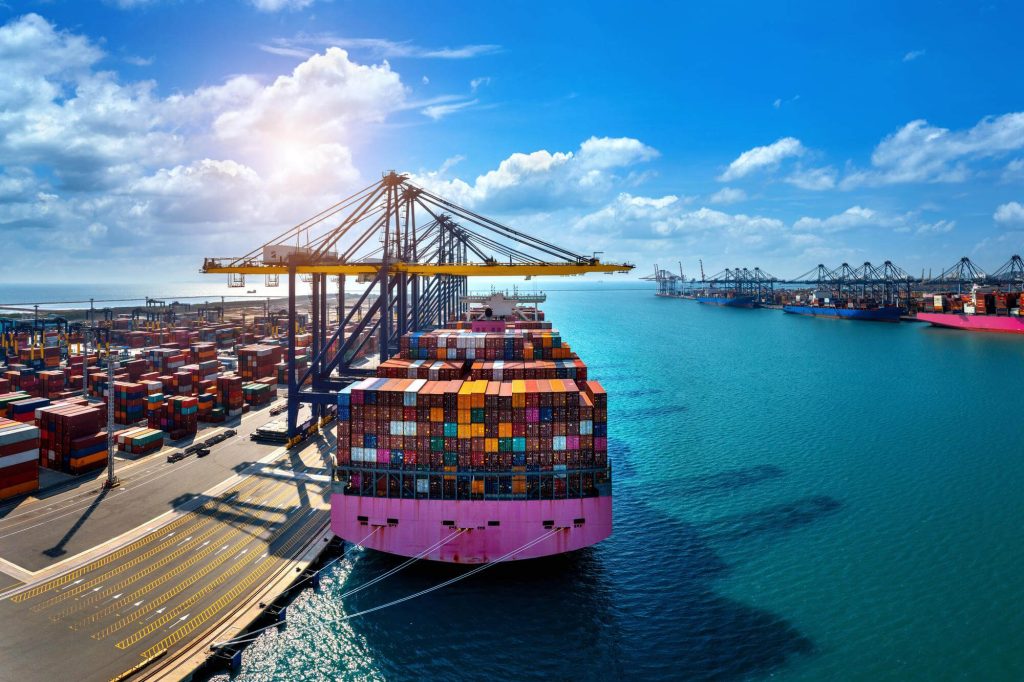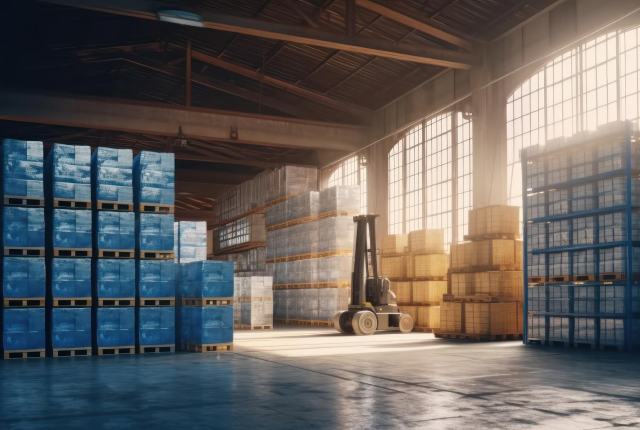Outdoor Delivery
Delivery is the process of transporting goods from a source or seller to a destination, typically involving the physical movement of products to a customer, distribution center, retail store, or another specified location. The delivery process is a crucial aspect of logistics and supply chain management, and it plays a significant role in meeting customer expectations, ensuring product availability, and optimizing the efficiency of the distribution network.
Types of Delivery
Standard Delivery
The regular shipping option that typically takes a few days to deliver the goods.
Express or Expedited Delivery
A faster shipping option that guarantees quicker delivery, often within one to two days.
Same-Day Delivery
Goods are delivered on the same day the order is placed, which is common in certain urban areas.
Scheduled Delivery
Customers can choose a specific date and time for the delivery to suit their convenience.
Components of the Delivery Process
- Order Processing: The delivery process often begins with the processing of customer orders. This involves verifying the order details, preparing the products for shipment, and generating necessary documentation.
- Picking and Packing: In warehouses or distribution centers, staff pick the ordered items from shelves and pack them securely for transportation. This process is crucial for accuracy and efficiency.
- Shipping and Carrier Selection: Choosing the appropriate shipping method and carrier is essential. Factors such as the destination, delivery speed, and the nature of the products influence these decisions.
- Transportation: The actual movement of goods from the origin to the destination is done through various transportation modes, including trucks, ships, airplanes, or a combination of these, depending on the distance and urgency.
- Tracking and Visibility: Providing customers with real-time tracking information enables them to monitor the progress of their delivery and anticipate the arrival time.
- Last-Mile Delivery: The final leg of the delivery process, often referred to as last-mile delivery, involves getting the products from a distribution hub or local facility to the customer’s doorstep. This phase can significantly impact overall delivery speed and customer satisfaction.
- Delivery Confirmation and Customer Communication: Once the goods are delivered, confirmation is communicated to the customer. Modern delivery services often provide electronic proof of delivery and notifications to keep customers informed.
Challenges in the Delivery Process
Efficiency and Speed: Balancing speed and cost-effectiveness in the delivery process is a common challenge, especially with the increasing demand for fast shipping.
Last-Mile Challenges: The last-mile delivery is often the most complex and expensive part of the process, particularly in urban areas.
Inventory Management: Ensuring accurate stock levels and timely replenishment is crucial to meet delivery commitments.
Customer Expectations: Meeting or exceeding customer expectations for delivery times and conditions is a continuous challenge.
Environmental Impact: The environmental impact of transportation and packaging in the delivery process is a growing concern, leading to increased interest in sustainable practices.
Efficient and reliable delivery processes are critical for customer satisfaction and can contribute significantly to a company’s competitive advantage in the market. Advances in technology, automation, and data analytics play a key role in addressing challenges and optimizing the delivery process.
Our Services
Here are some of our most prefferes services according to our customers.




